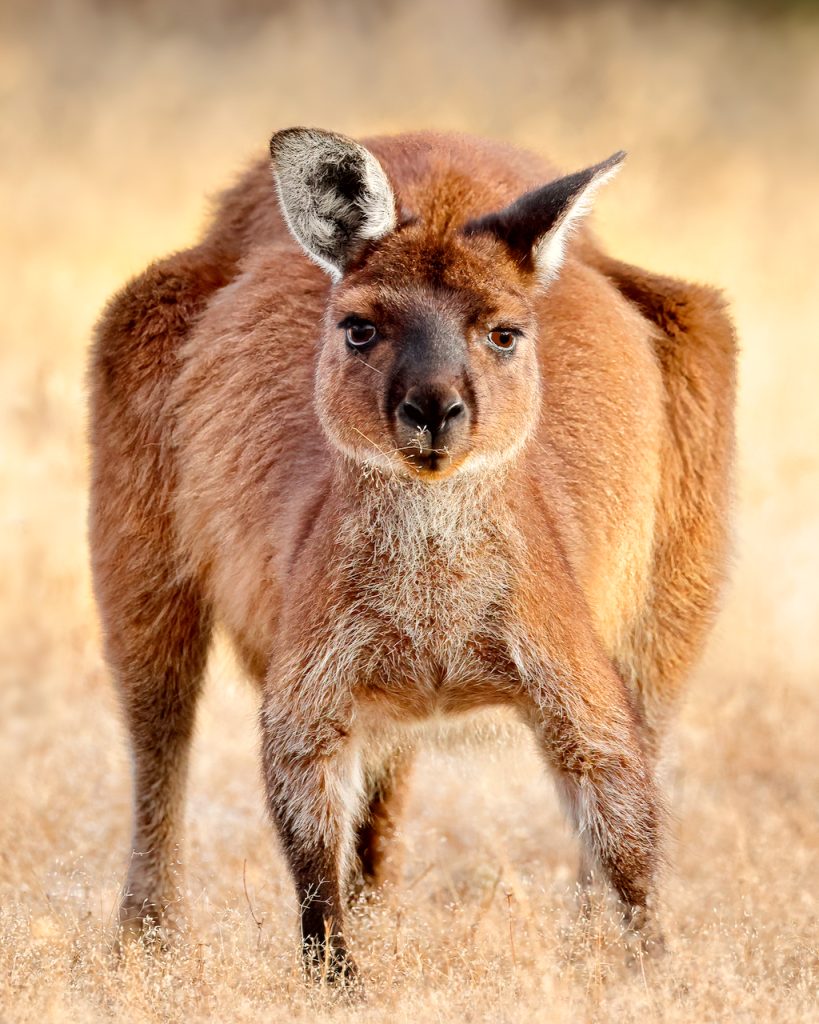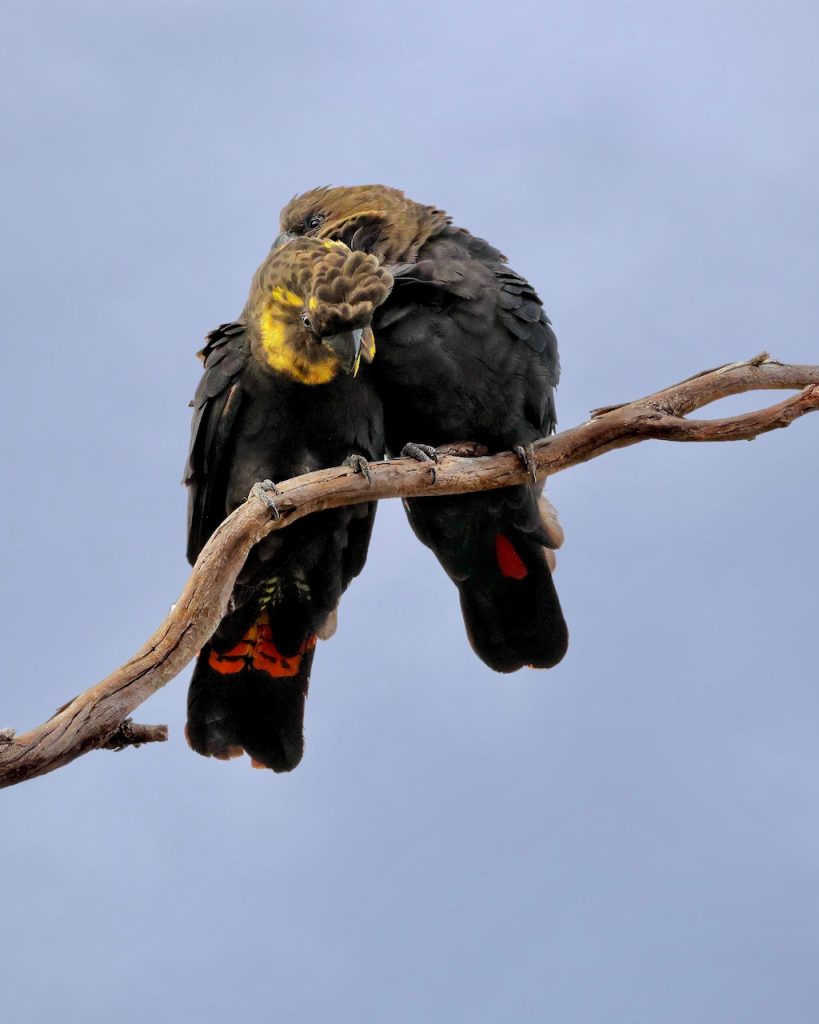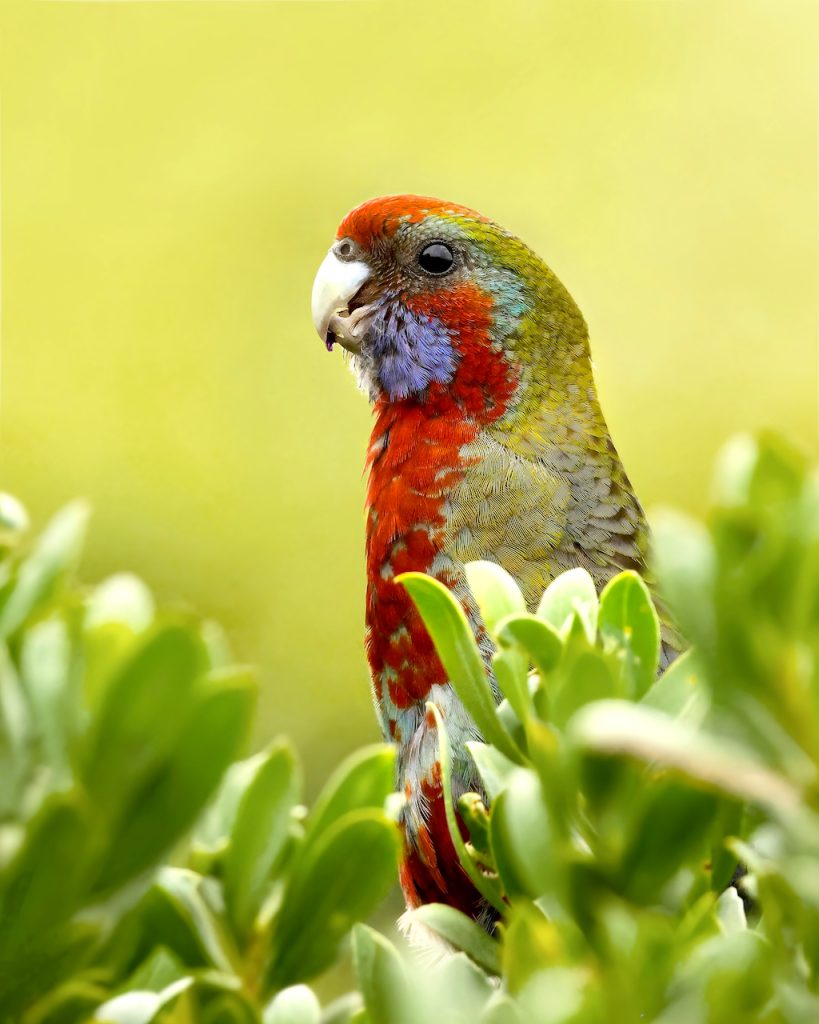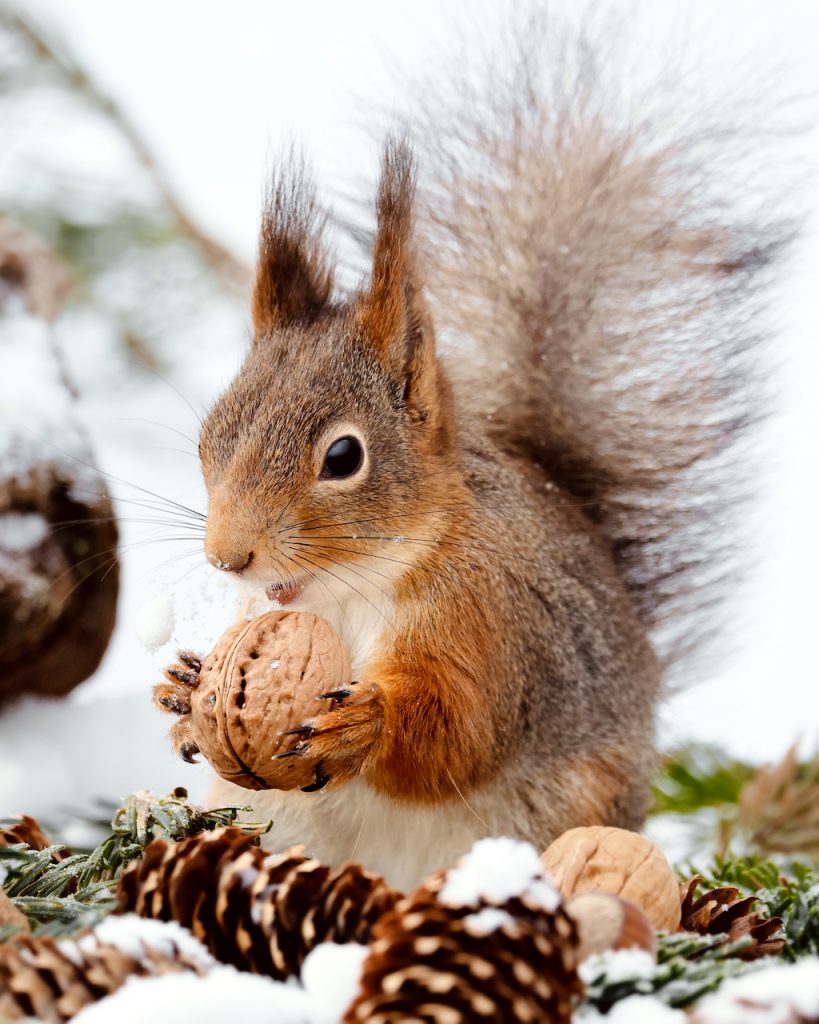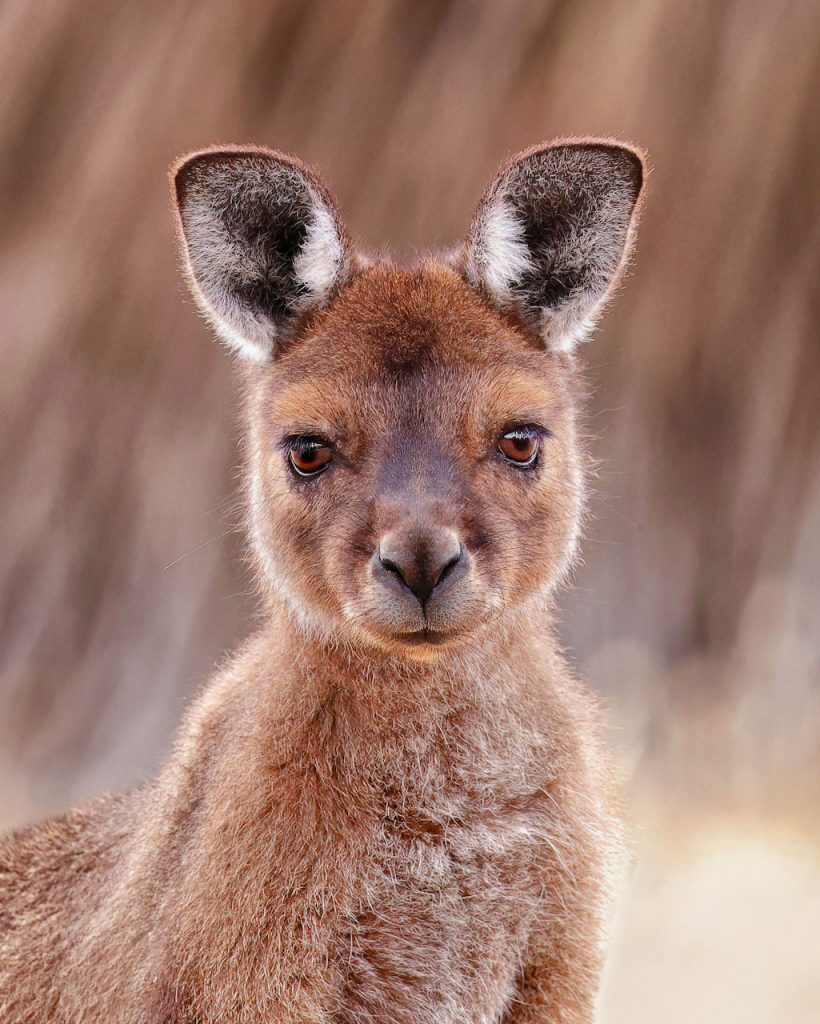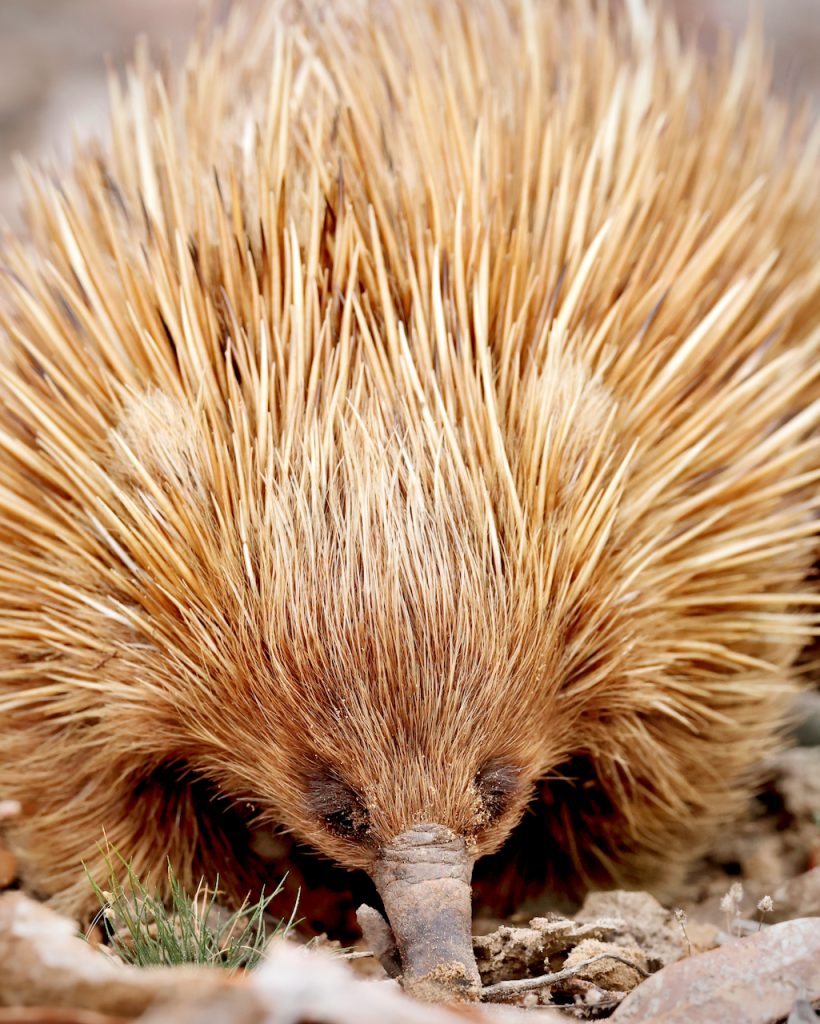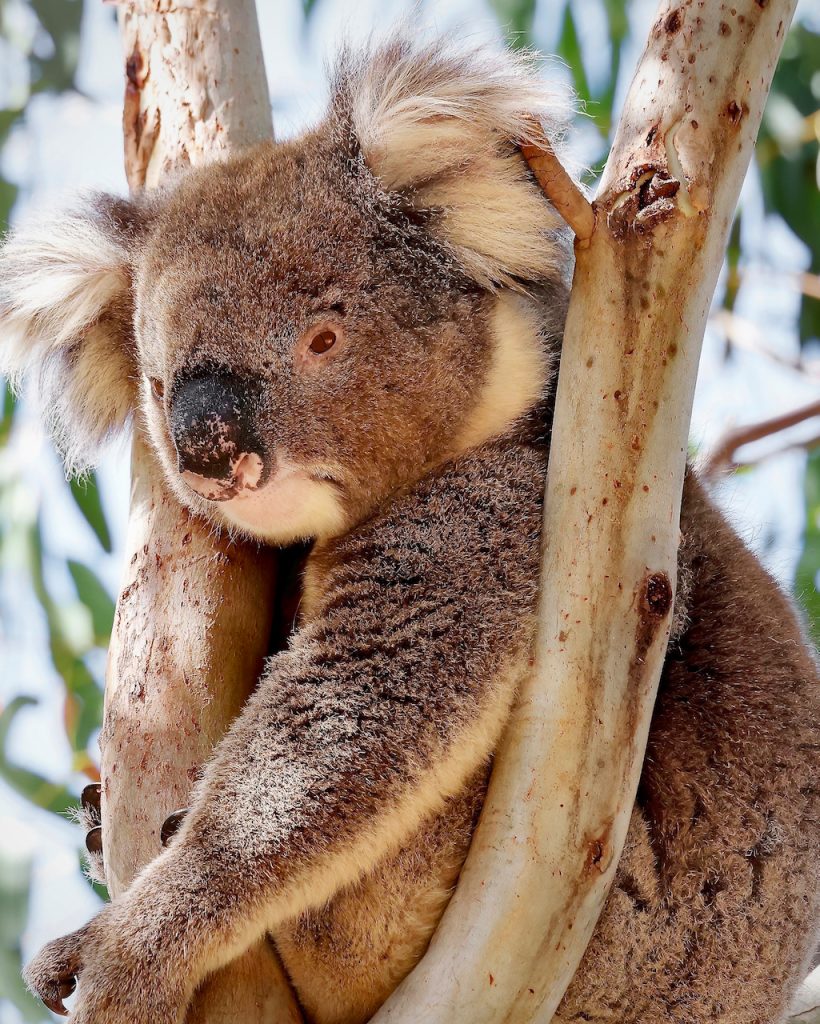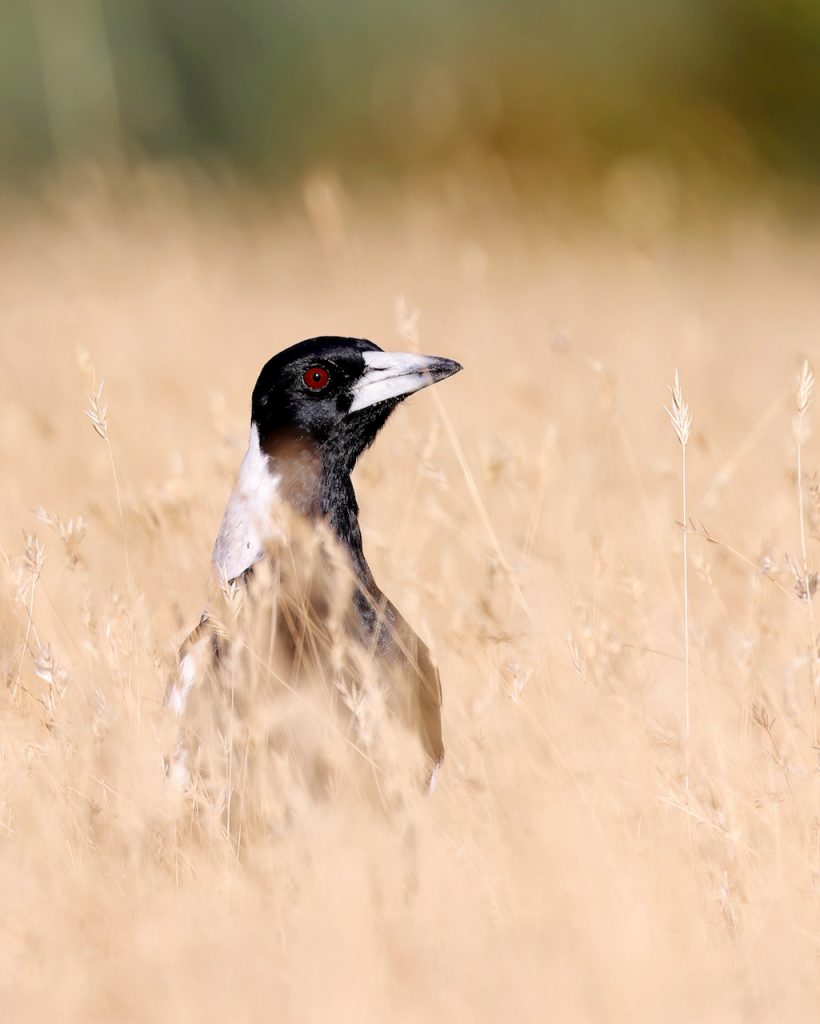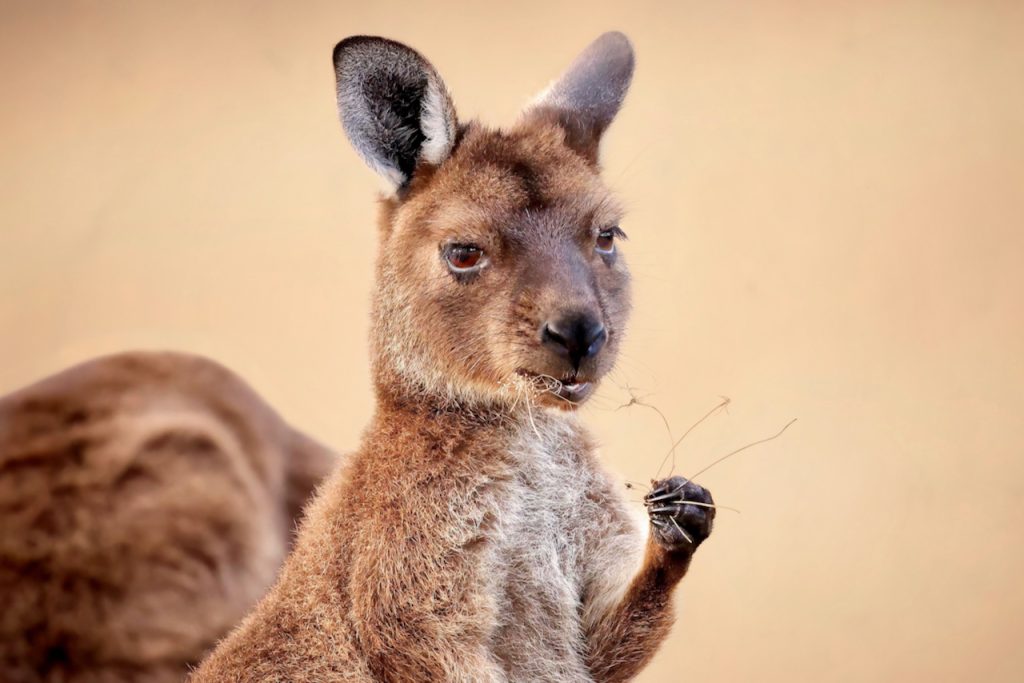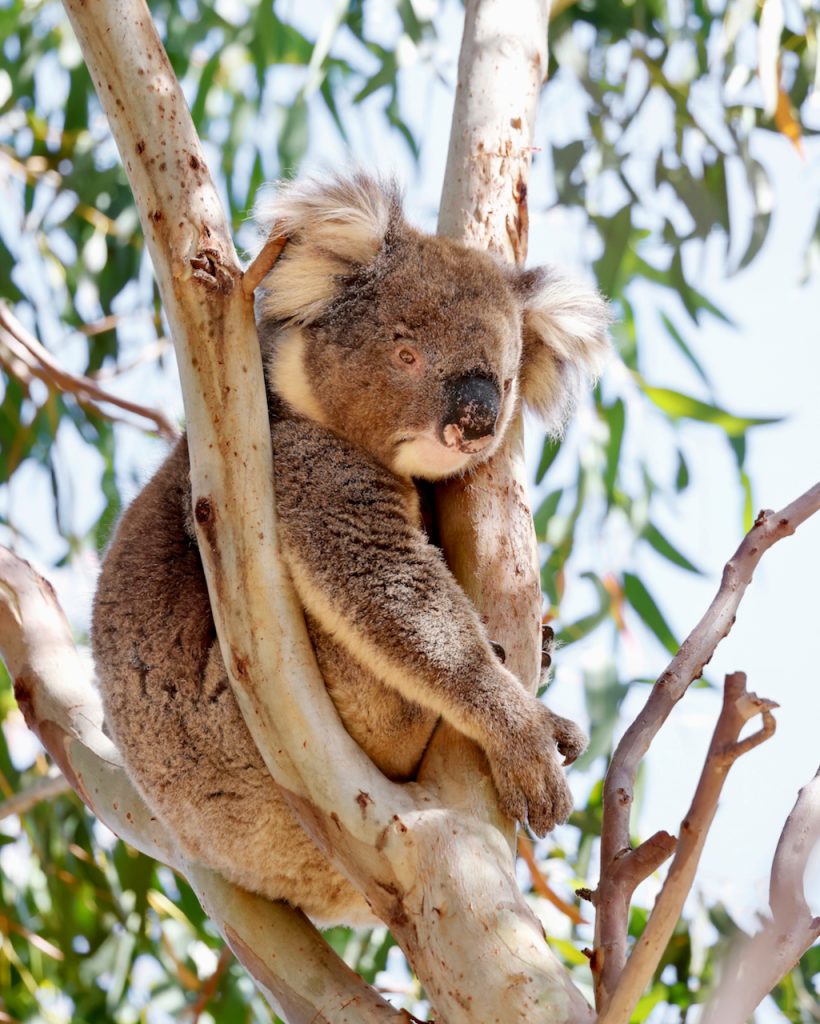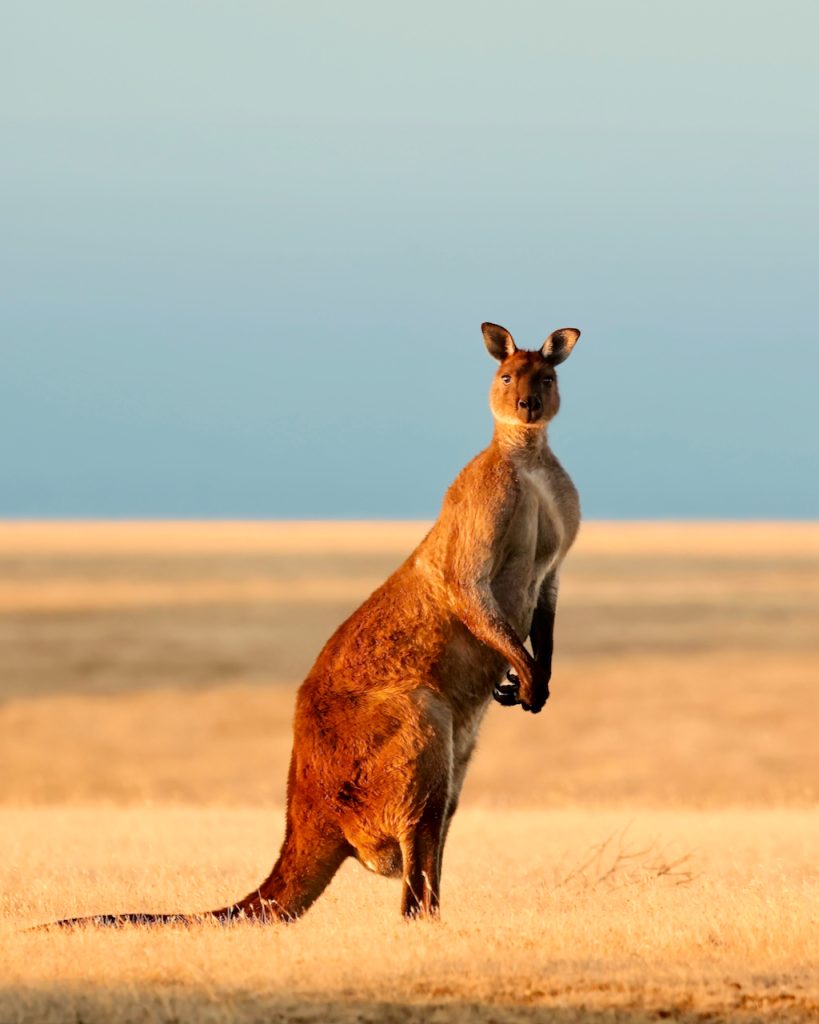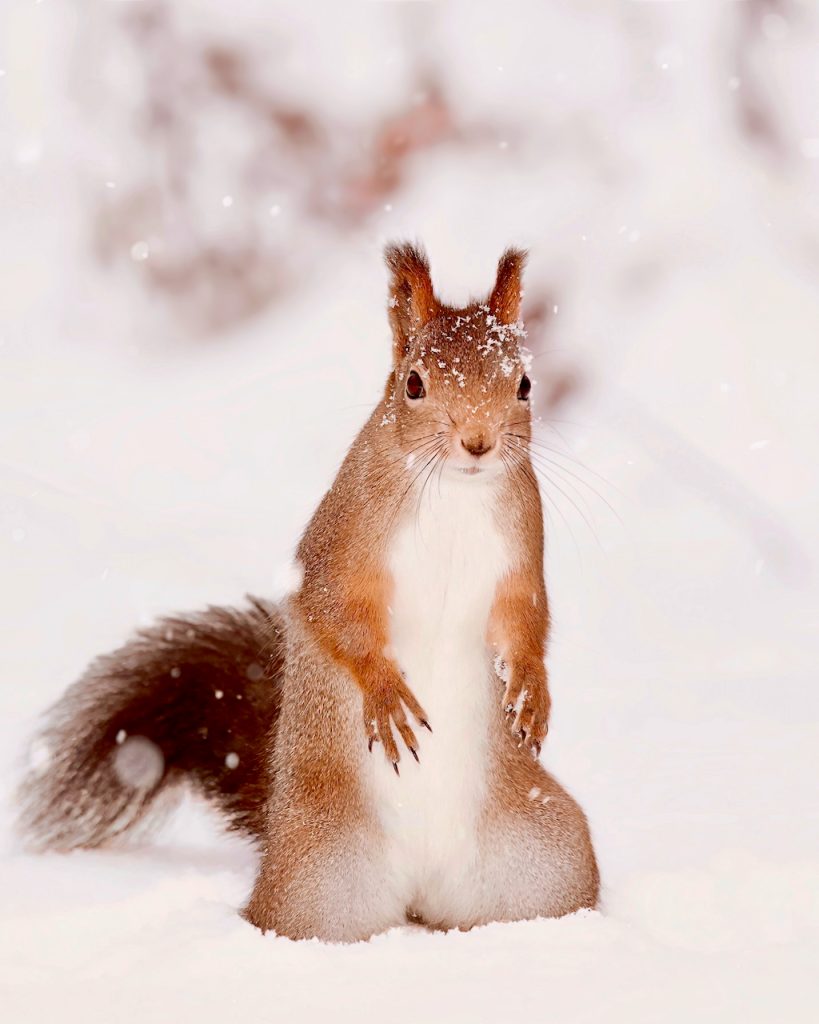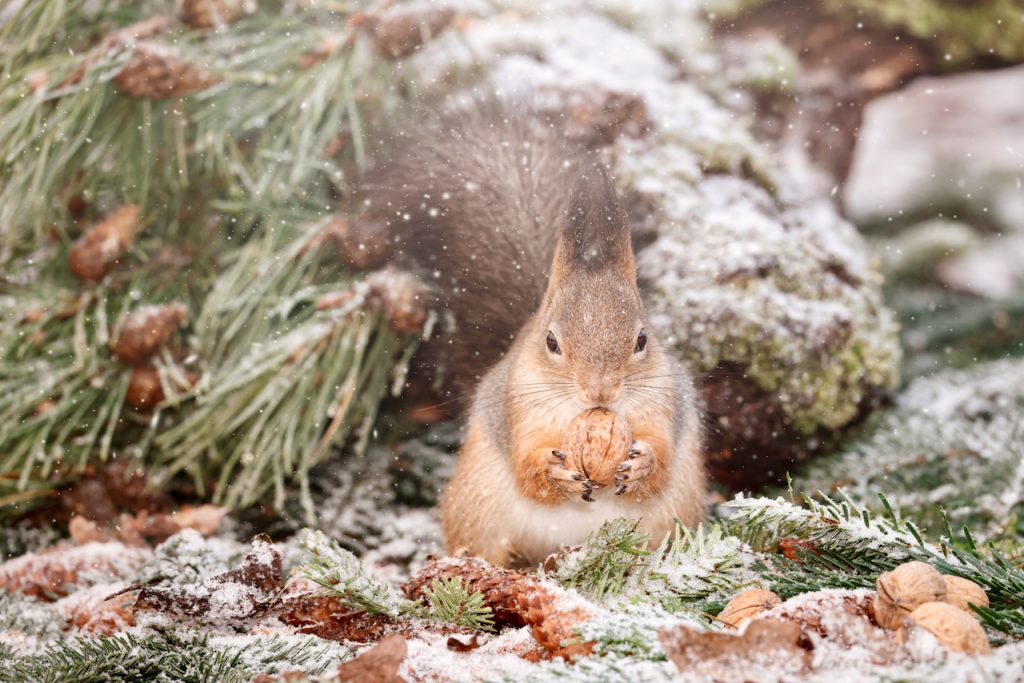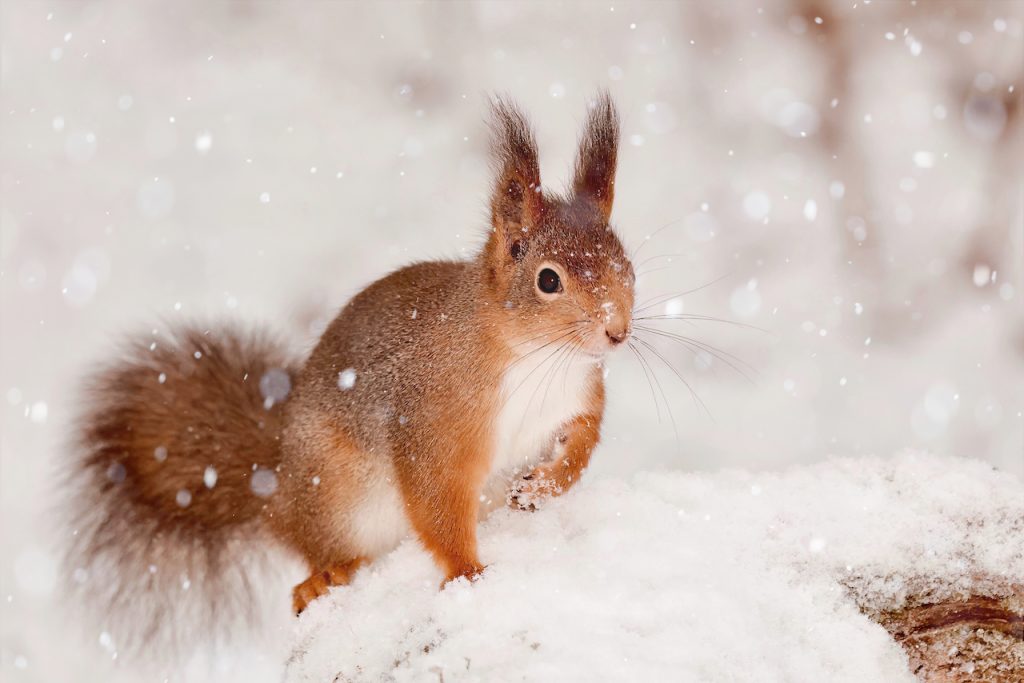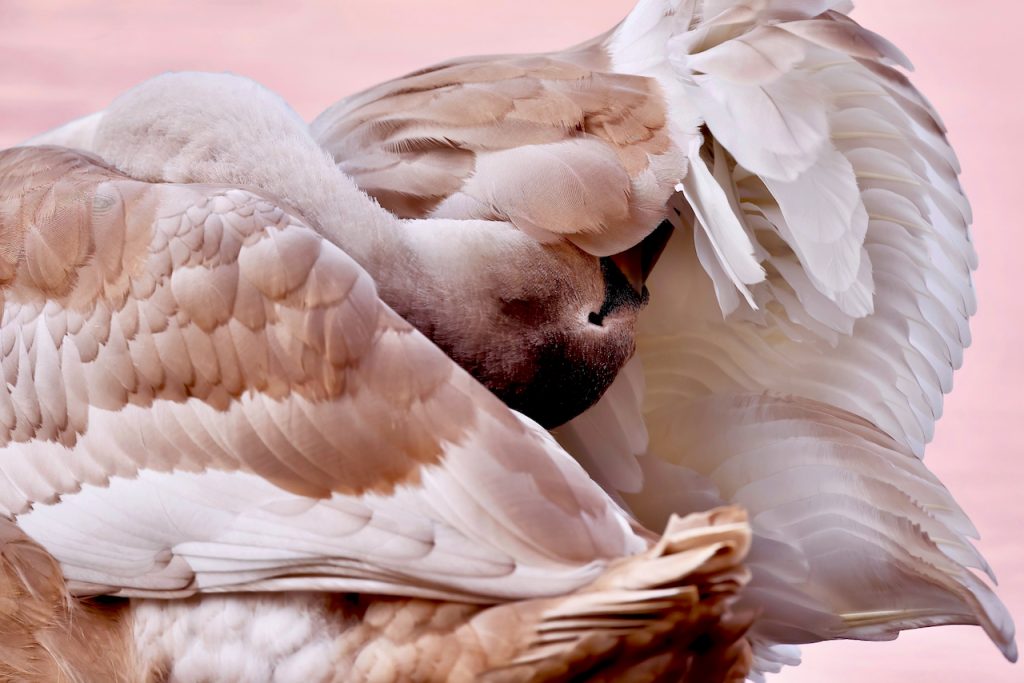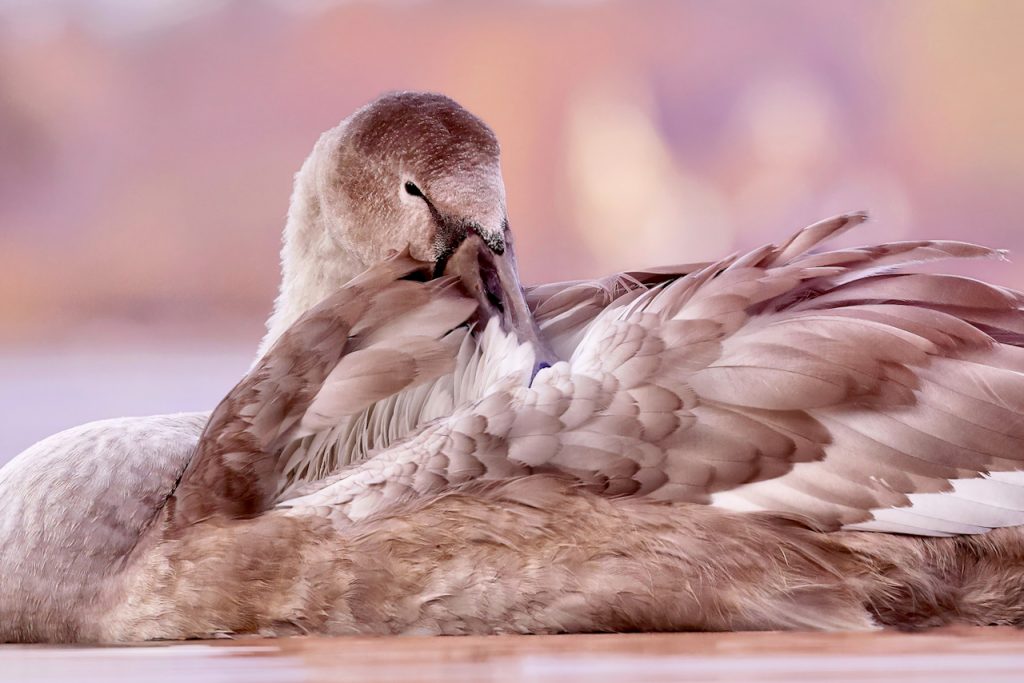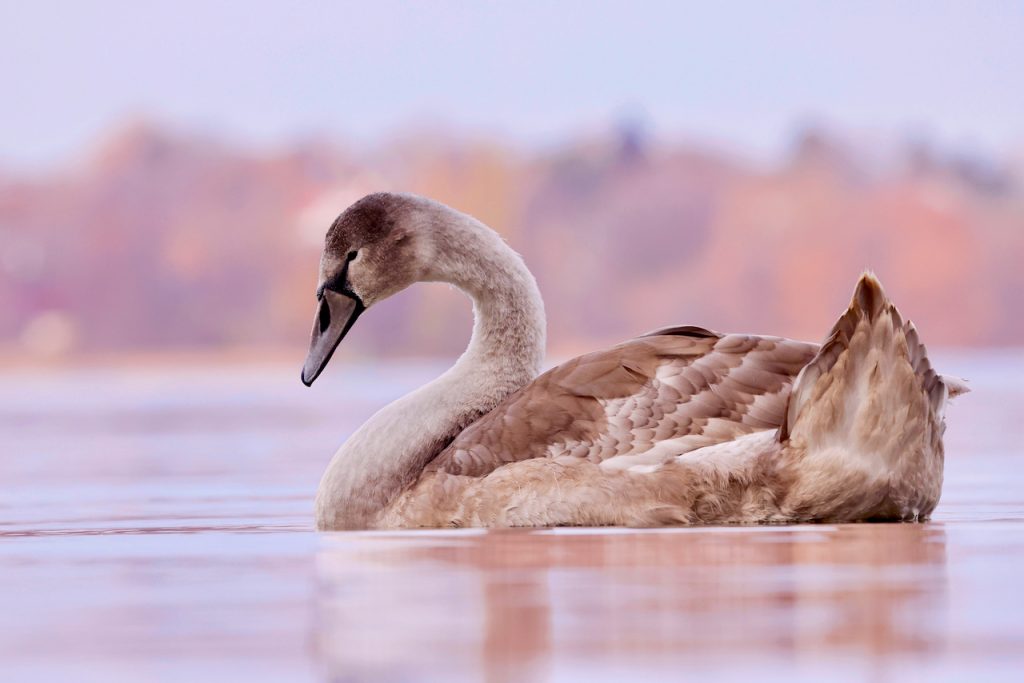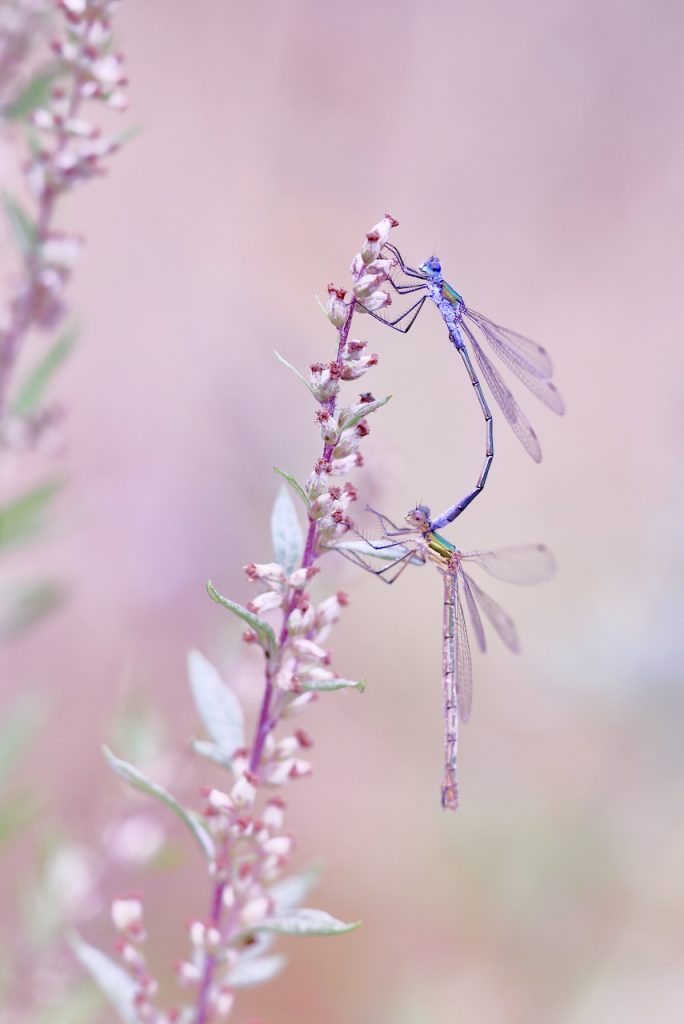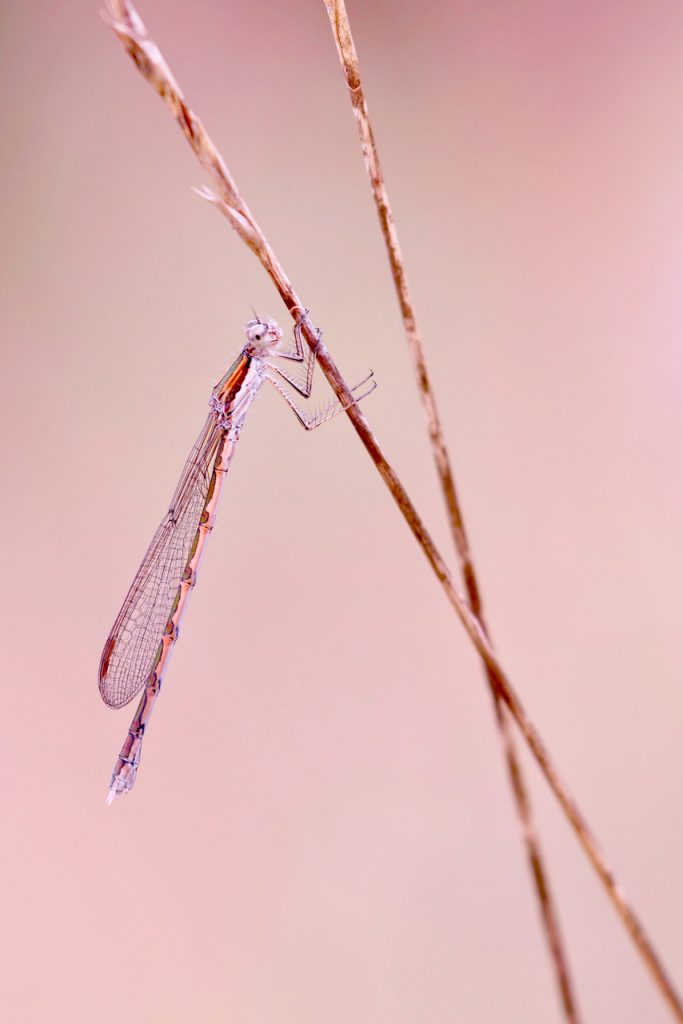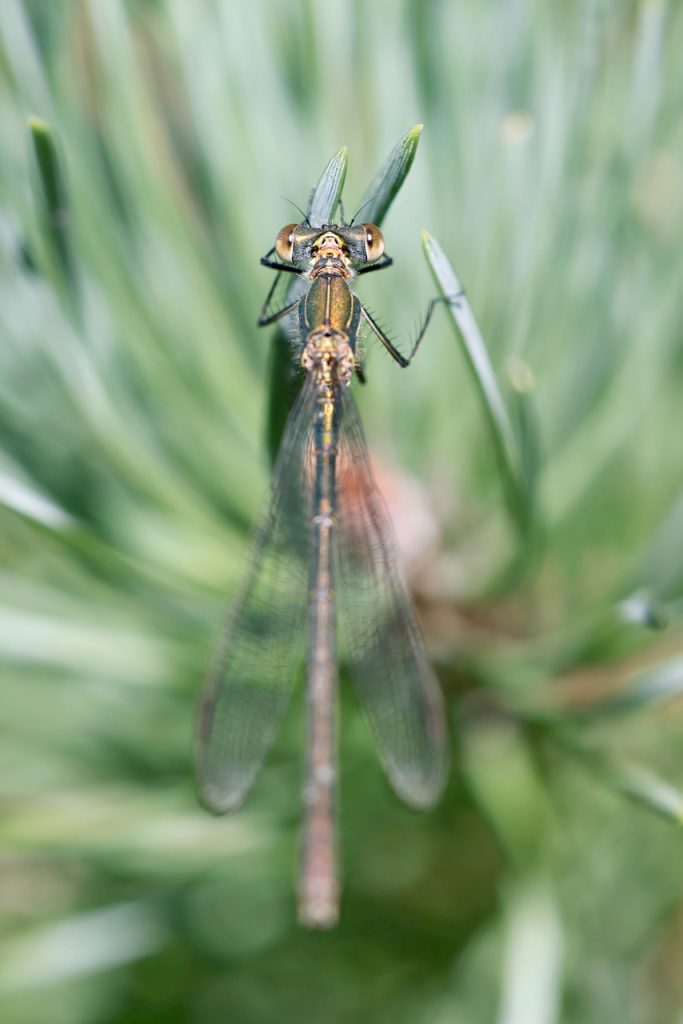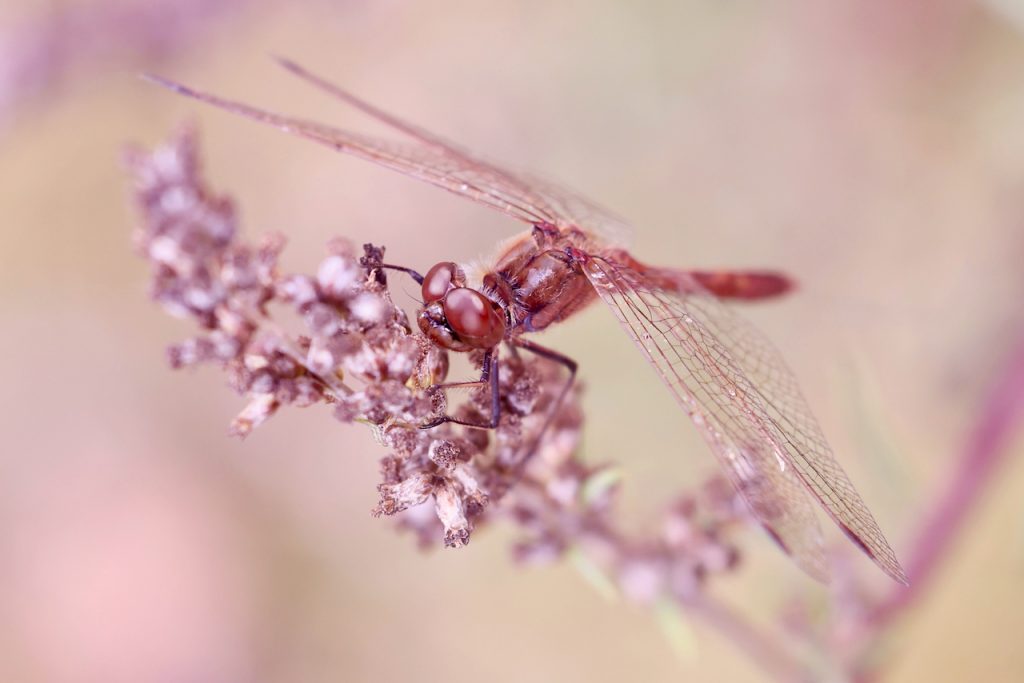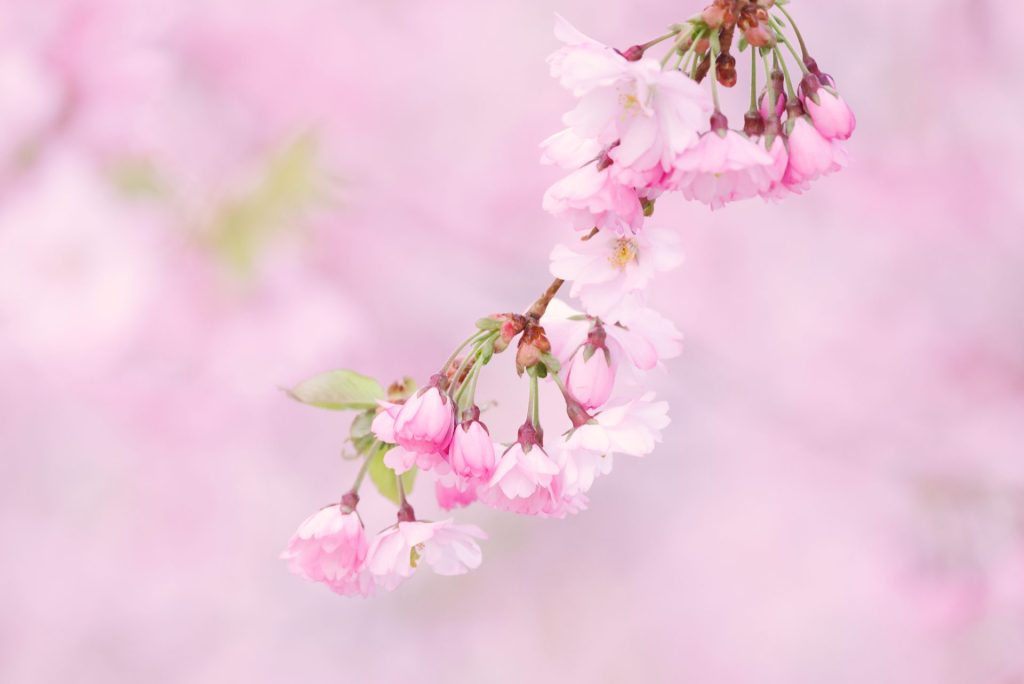
Spring of 2023 has been cold, extremely so. I would like to file a complaint, please! It didn’t prevent the cherry trees from exploding in pink fluffiness. Eventually.
I went to Kungsträdgården to photograph them, as I do every year, and they didn’t disappoint. It was cold and windy, and the sun made only a short appearance. I was in and out in under an hour, which must be a record for me.
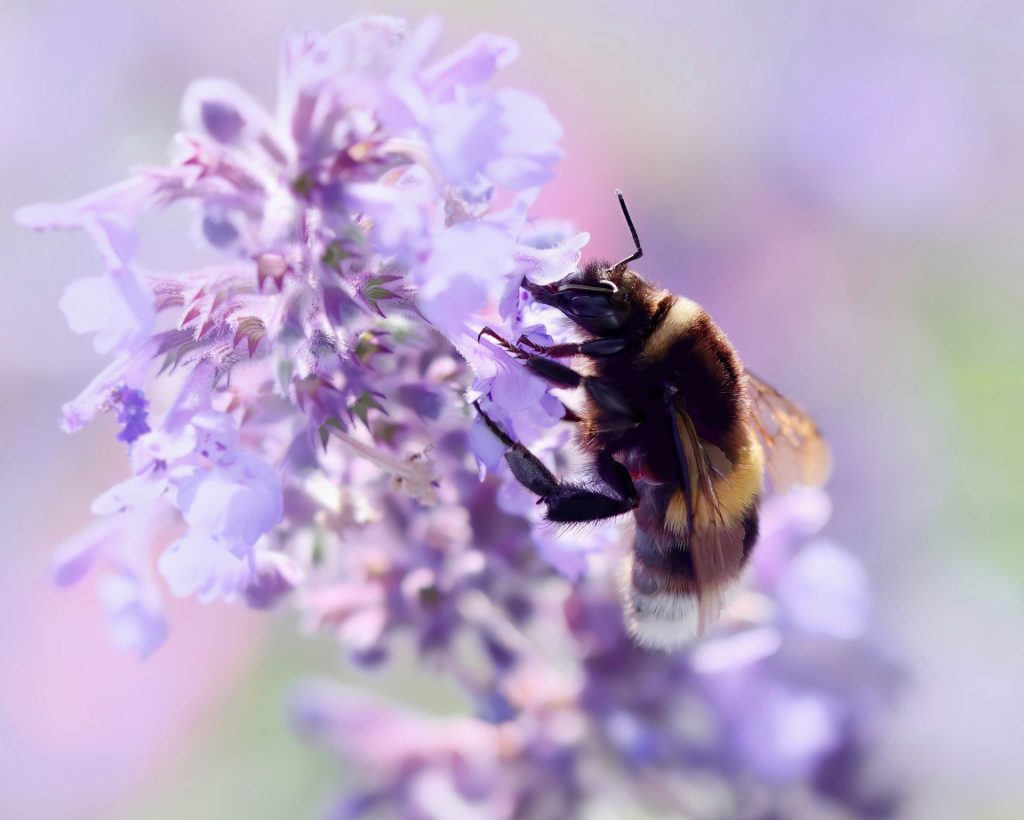
A male bumblebee feeding on lesser calamint (Calamintha nepeta) var. ’Blue Cloud.’ This is a photo from last year, obviously. I take a lot of photos during the summer when there’s light, and then I have a stock of images to process during the darker winter months. And I didn’t get to it until now, to tell you the truth. With all my travels, garden work, and the Book, I feel I’m behind with everything nowadays.
Bumblebees are so interesting. Did you know that they’re cosmopolitan? The 260 species in the Bombus genus can be found almost everywhere in the world, except Australia and most parts of Africa, and at higher latitudes and altitudes than other bees.
Some species even manage to live in cold climates, such as the high arctic Ellesmere Island, Canada’s northernmost island. They can do that because they can regulate their body temperature (heterothermy). Isn’t Mother Nature amazing?
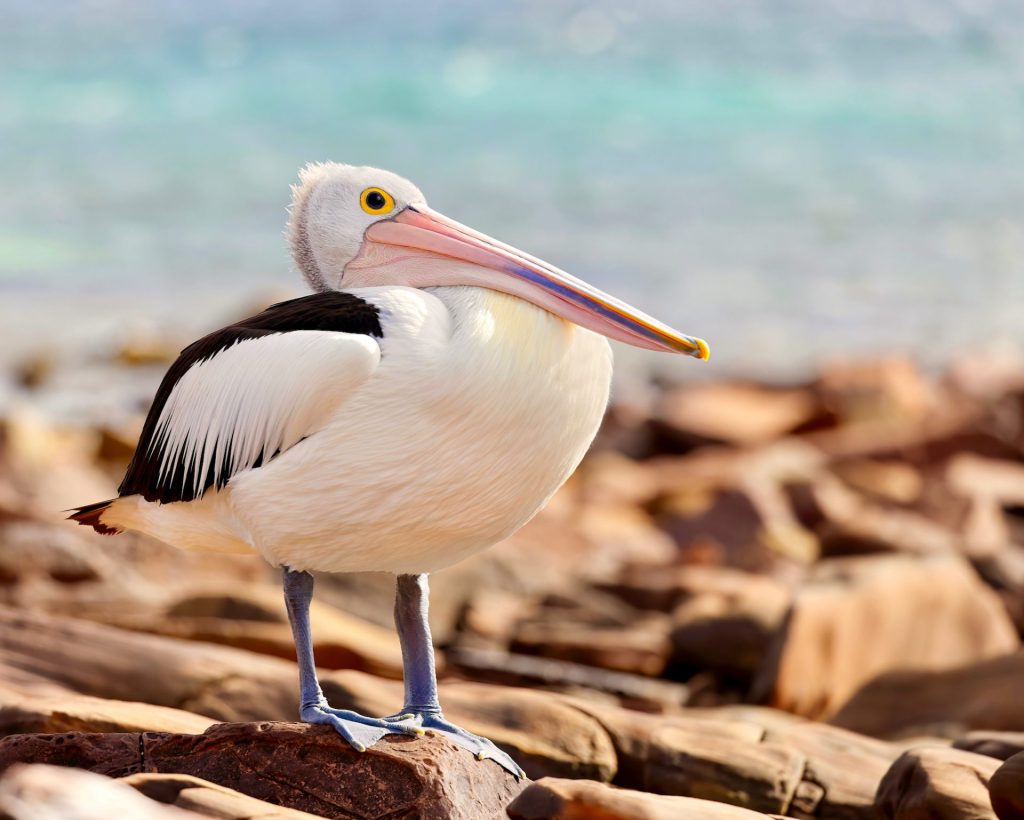
An Australian pelican (Pelecanus conspicillatus), ready to mate, as denoted by the yellow patches on his chest. Another older photo, this one is “only” from January. I still have so many beautiful photos from my trip to Australia! I’m reliving the whole trip as I keep processing photos, so I’ll probably still work on some images next year ha, ha!
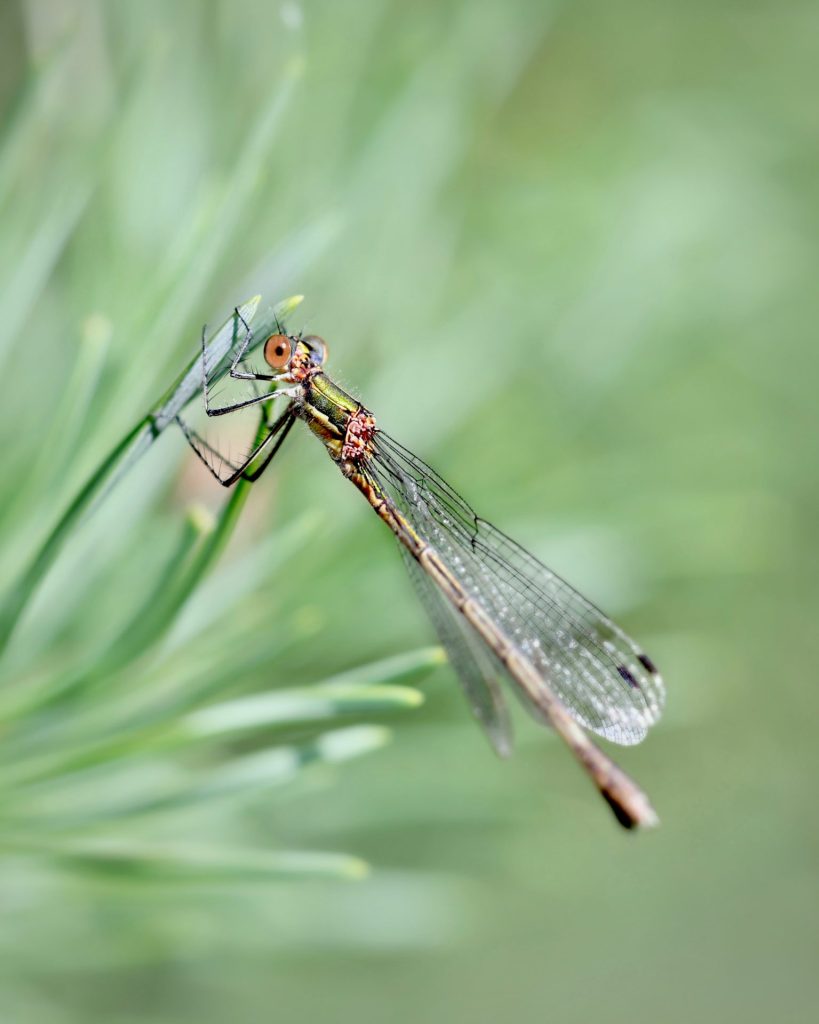
A western willow spreadwing resting on a pine twig. Another older photo I processed only now in April.
These damselflies fly pretty late, from August to October, and can be found in still or slow-flowing water with overhanging trees such as willows, alders, or birches. Unlike other damselflies, they would lay their eggs in the bark of these trees, not in submerged vegetation.

A male emerald damselfly (Lestes sponsa). It’s easy to tell because females lack the bright blue color of males.
Emerald damselfly, don’t you love that name? They’re most common in July and August, so this is another older image that I didn’t get to process until now.
I hope you enjoyed these photos, there are more to come next month. Hopefully, some new ones!
Related Posts
- My 2022 Favorite Photos
- Favorite Photos: January 2023
- Favorite Photos: February 2023
- Favorite Photos: March 2023
If you liked this post, share it on your preferred social network or forward it to a friend.

